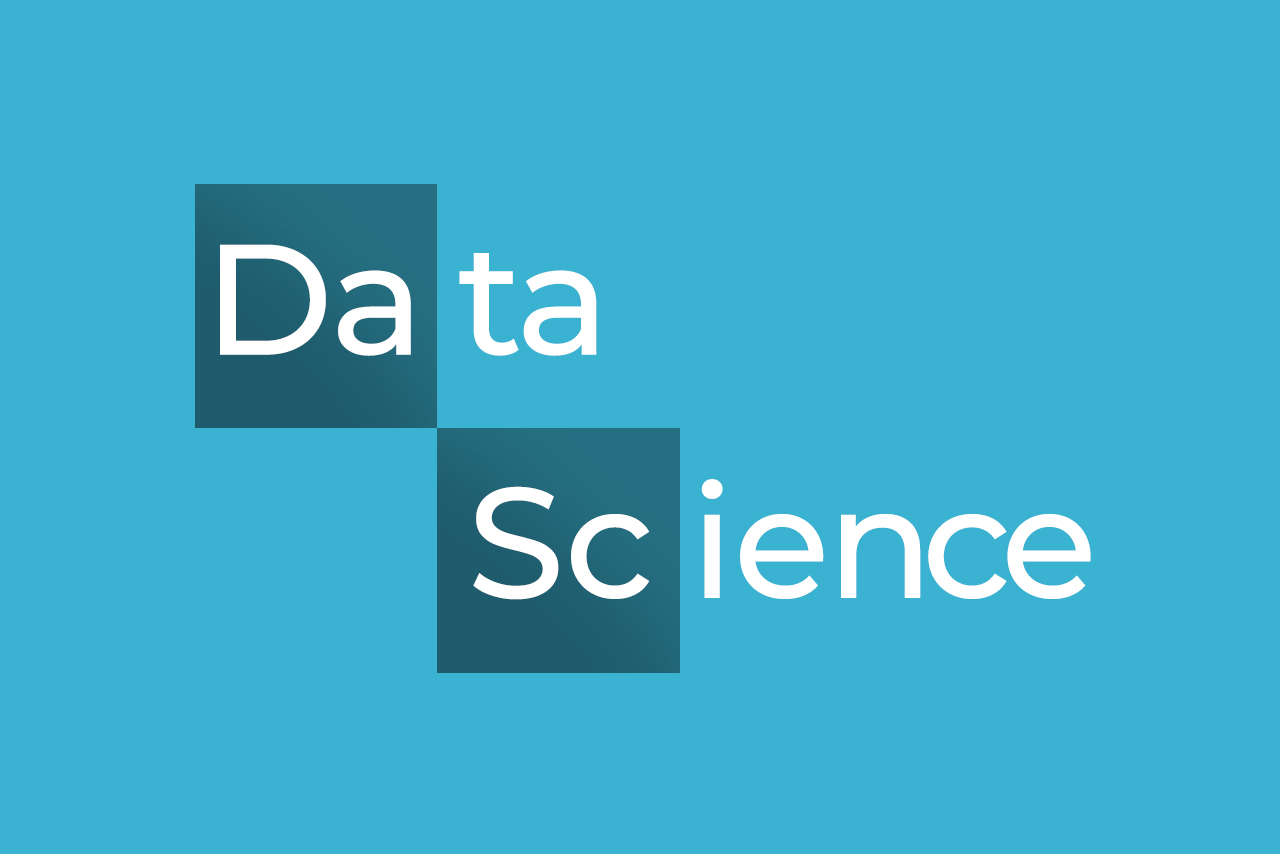Data science – the field of extracting knowledge from data using a multitude of systems and algorithms – is shaping up to be a highly promising career choice. The past three years have seen an industry trend that reveals a bright-looking future for aspiring data scientists.
Shortage of data scientists in the USA
Back in 2015 there was a surplus of data scientists in the US, making it a highly competitive field with few employment opportunities. By 2018, however, things had changed. A LinkedIn Workforce Report released in 2018 reports that most US cities now have a shortage of data scientists. In fact, the country has a shortage of people with data science skills totalling 151,171 – which means demand for qualified data scientists is off the charts.
What’s behind this trend? In short, data is becoming the world’s most valuable resource. More and more industries are now relying on big data to make business decisions. Skills like data analysis and machine learning have become more important across multiple industries, beyond tech and finance, where they were concentrated previously.
Did you know? More data has been created in the past two years than in the entire previous history of the human race! IBM estimates that 90% of the world’s data creation has taken place in the last two years.
Demand for data scientists worldwide
There are also many positive trends for data science appearing outside of the US.
United Kingdom: Surveys show that a whopping 80% of UK businesses are looking to hire a data scientist in 2019. Analysts are predicting that 2019 will be “the year of the data surge, with eight in ten companies seeking specialist skills and expertise to help navigate potentially uncertain market conditions.”
China: Since 2012, the Chinese government is applying big data to banking, retail, energy consumption and more. There’s a significant data talent shortage, and it’s estimated this will reach an estimated 1.5 million vacant data science positions by 2020.
India: The data science field is growing quickly in India. Demand has risen by more than 400% in the past year, whereas the number of qualified data scientists has risen by only 19%.
Africa: South African data scientists are in high demand right now. Data volumes in the country are growing at a rate of 40% per year, which means more corporate employers are showing an interest in hiring data scientists. With a shortage of qualified professionals to fill these roles, there is a call for the country to invest more in data scientist skills.
How much do data scientists earn?
The rise in demand means a rise in pay for those who can fill the gap. LinkedIn salary data shows that data scientists earn an average of $107,000 a year. Glassdoor estimates an even higher salary of $137,500 a year.
Australia also pays its data scientists well, with average annual salaries of $111,000 a year.
Meanwhile, data science salaries in the United Kingdom have yet to catch up with the industry growth, with British data scientists taking home the equivalent of $66,000 a year. In China, the average annual salary is $41,000.
PayScale puts the average South African data scientist salary at R388,890 annually. In Nairobi, Kenya – often called “Africa’s Silicon Valley” – the average data scientist makes around US$16,000 yearly.
Did You Know? We create 2.5 quintillion bytes of data every single day! This data comes from sources like social media posts, cell phone GPS signals, digital pictures and videos, purchase transaction records, and more.
How to become a data scientist
Not only is data science an in-demand and high-earning career, it’s also a fascinating field to work in, with exciting new developments happening all the time. If all this has piqued your curiosity, you’ll be pleased to hear that launching your data science career just got a little easier.
HyperionDev’s Data Science Bootcamp will teach you how to use the right software and techniques to read visual and statistical data, and present your results in a way that solves real-world problems. You’ll learn the fundamentals of the Python programming language, and explore the cutting-edge world of machine learning. You’ll also be introduced to popular data science libraries like scikit-learn and NumPy.
This 3-6 month course covers all the tools and techniques you need to prepare for a data science career.


